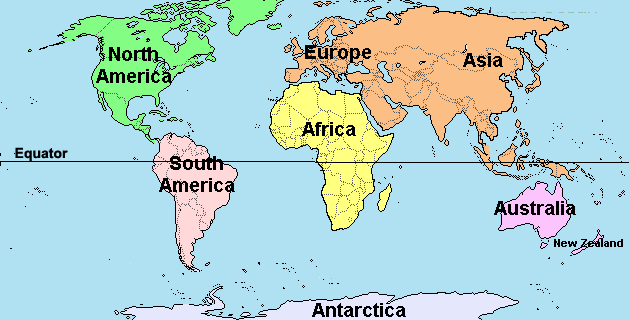When were the present continents formed ?

At the very time when oil was beginning to form, an enormous shift took place in the Earth’s crust, which slowly resulted in the formation of the present continents.
Numerous studies, even in recent years, confirm the theory that the great continental mass pushed out of the sea in the earlier periods and then split apart into several pieces which drifted about the Earth for hundreds of millions of years. Finally, between the middle of Cretaceous and early Tertiary Periods (100 million to 50 million years ago,) these pieces split up again to form land masses recognisable in form to the continents of today. These sections are still drifting apart.
This interesting suggestion, first put forward by the German meteorologist, Alfred Wegener (1880-1930), is known as the theory of ‘continental drift’. Wegener, who was also a daring explorer and experienced geologist, published his ideas in a book printed in 1912. It naturally created a great stir in scientific circles, which soon split into two groups, one of his supporters and one of his opponents. They were both eager to prove or disprove his theory.
In a few words, Wegener’s idea was as follows: in dim, distant times the continental masses were joined together in a single block (or shield), which Wegener called Pangaea. The rest of die Earth was covered by a primeval mass of water, the Pantalaxia. During the Eocene Period, about 50 million years ago, a slow but steady movement then began. The Pangaea cracked and, pulled apart by the rotating movement of the Earth, the bits began to drift away from each other as if they were floating on a heavier, more elastic base.
According to Wegener, it was because of this shifting that the folds occurred in the Earth’s crust which lifted up the loftiest mountain chains still existing in the world today.

